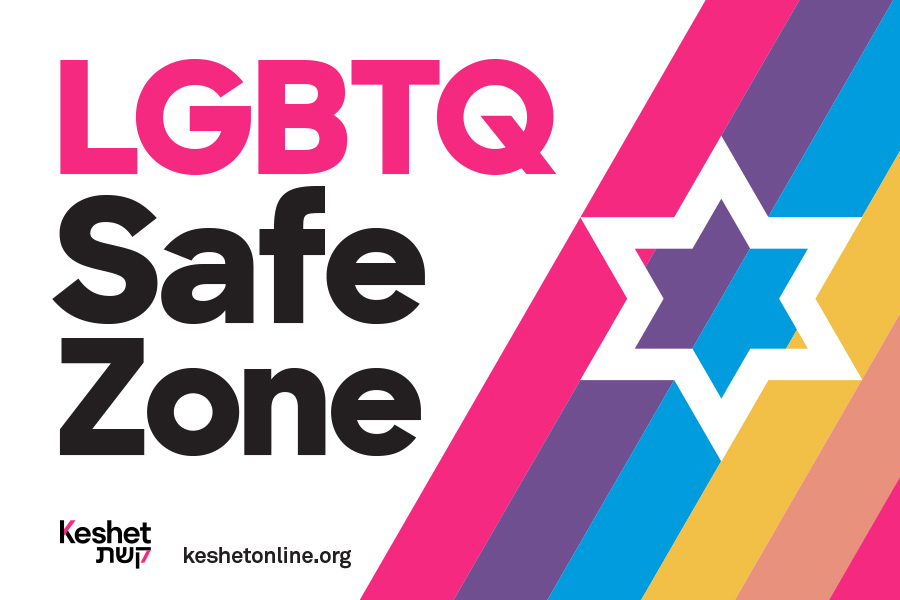Semantics and Sanctuaries
02/19/2021 02:10:54 PM
Shabbat Shalom! This week’s Torah portion, Parashat Terumah, consists of God describing to Moses how the Tabernacle, the moveable Sanctuary for the Israelites to commune with God while wandering in the desert, ought to be built. It also opens us up to one of my favorite eternal questions of scripture: WHAT THE HECK IS A TACHASH?! Several times throughout the Torah “tachash” appears as some sort of animal skin fabric used to cover the Tabernacle (also known as the Mishkan), beginning at the top of this week’s parasha: “And these are the gifts that you shall accept from them: gold, silver, and copper; blue, purple, and crimson yarns, fine linen, goats’ hair; tanned ram skins, tachash skins, and acacia wood…” (Exodus 25:5).
Most often I see tachash translated in these verses as “dolphin”, based on a cognate with the Arabic word for sea mammal. “Dolphin,” then, is apparently interchangeable with dugongs, seals, and porpoises depending on the translation, as the desert wanderers of the Ancient Near East had no reason to know the difference. In European Christian translations of Exodus, the word used to be often translated as “badger” based on a cognate with the German “dachs.” It is not uncommon for Renaissance art to depict some kind of desert weasel-badger creature in scenes of building the Tabernacle.
Rabbis through the centuries argued about what this word means, and the Talmud records speculation that it was a wholly unique creature that no longer exists, and that is why the name has not carried a specific meaning past the Biblical era. They conclude it was a multi-colored beast, it’s skin vibrant and beautiful and therefor perfect for the holy coverings of the Tabernacle. Also, it was possibly a unicorn. There are some connections, depending on which Midrash spin off you read, to suggest this was the same unicorn creature that Adam sacrificed at the setting of the sun on his first day, and maybe the same sort of leather used for the tachash sandals describe in the Book of Ezekiel. But largely, the rabbis seem to agree it was a creature that lived only in the midbar, the wilderness the Israelites trekked through, and lived only in those years that they build the Mishkan. The Lubavitcher Rebbe taught: “There was one creature, the tachash, which existed only in the time and place it was needed for the making of a ‘dwelling for G‑d.’ Thus the tachash expressed the true nature of every creation: that it exists to the sole end of serving and revealing the divine essence implicit within it.”
How do we, as fellow creations along with the tachash, serve our purpose of revealing the divine essence within and around us? How can we make our very skins into sanctuaries for holy containment? This Shabbat, may we hone our abilities to serve the Divine, to honor our own divine spark, and to build up this world in love. May we offer ourselves as the tachash did, and prepare ourselves as living sanctuaries for elevated souls. Amen and Shabbat Shalom.


